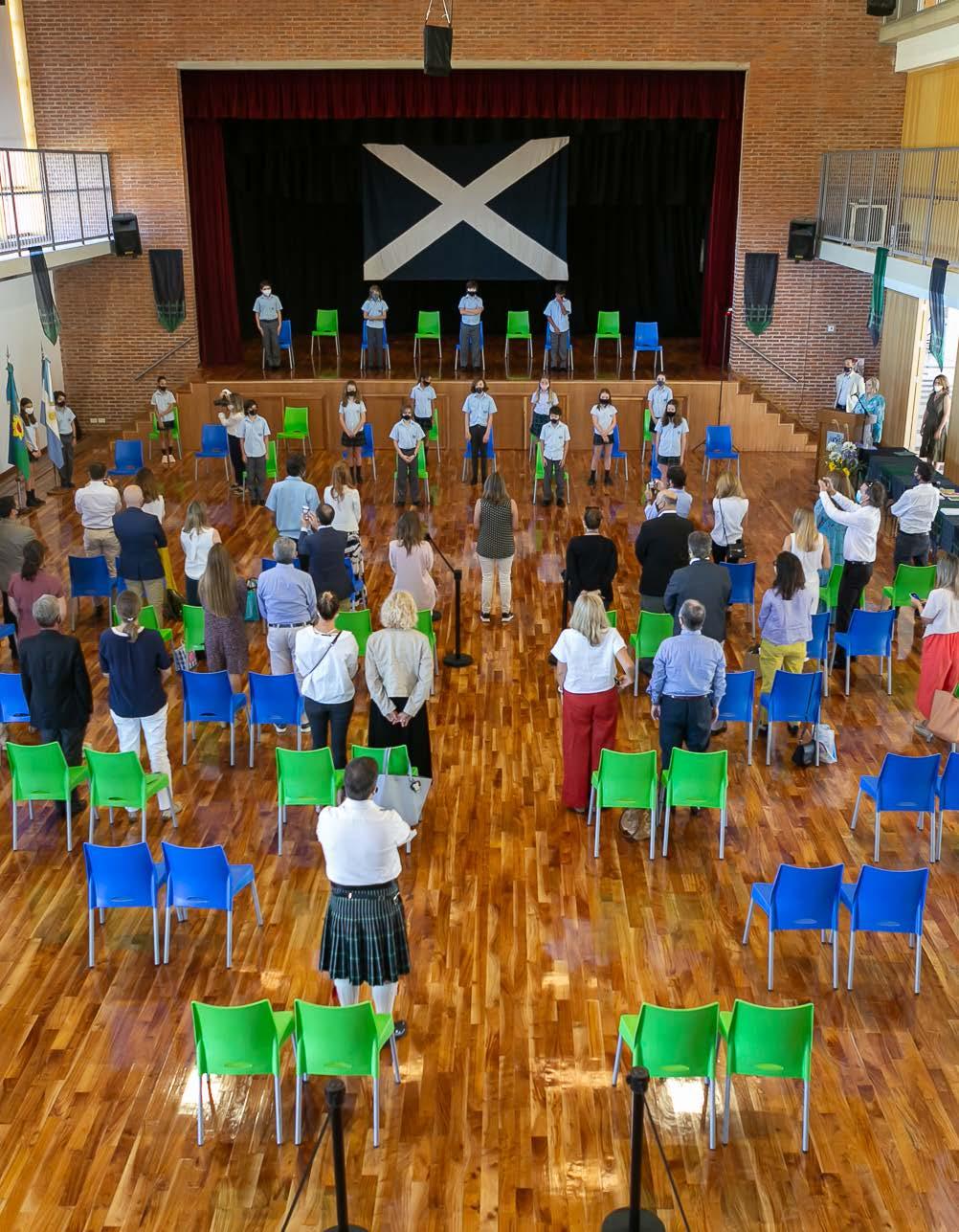
6 minute read
Primary School
Only a few weeks into a new academic year, 2020 surprised us with a huge challenge with the emergence of the Covid-19 Pandemic and the need to lock our schools. Teachers had to start teaching remotely from one moment to the next and children embarked overnight in a new learning journey, supported by technology. It was a year everyone will remember as the time when our school transcended its brick and mortar walls; when students, teachers and families had to unlearn and relearn together, making sense of a new way of schooling.
During the early stages of the new context, we adjusted our projects and teaching to a virtual remote model, pacing our lessons as we paid close attention to how our pupils responded to teachers’ interventions and adapted to the technological platforms, Seesaw and Google Classroom. As we identified our students’ individual needs and recognised sound evidence of their learning, we gradually raised our academic expectations, adding and extending our synchronous lessons. This was a slow process as at all times we sought our children’s well-being, fine-tuning a balanced array of activities. We gave priority to core academic areas but at the same time we nurtured their socio-emotional development with weekly SEIL lessons, whilst promoting artistic and physical education activities.
Advertisement
The balance between asynchronous and synchronous lessons was evaluated continuously and became an issue of endless debate among teachers and with parents. Families differed in their claims and demands on what they expected to be an appropriate equilibrium between autonomous tasks and the time their children should be connected to Zoom lessons. Very young learners in the lower Primary struggled the most as many shared a device with other members of the family and needed parental support to download activities and complete them. Older children got distracted easily, hid behind turned-off cameras or got side tracked with chats and games. Throughout the year and in spite of our relentless effort, time spent in front of devices became very taxing for all and the debate around what was just right for each, remained unsolved! However, and as mentioned before, our proposed remote model was based on our students’ wellness, on our
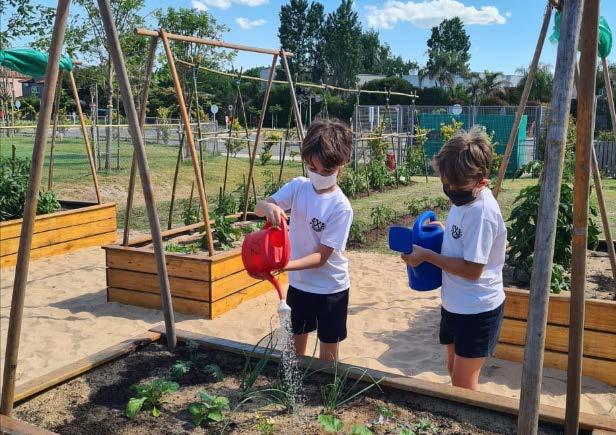
pedagogical objectives, on our students’ evidence of progress in their learning and on the time children showed they could hold their attention effectively during virtual lessons.
A strong sense of teamwork and collegiality among teaching and support staff made it possible to overcome challenges. Like never before, we relied on each other’s strengths, areas of expertise and learnt from one another. A high note of praise goes towards our teachers’ creativity, their flexibility to adapt and their tenacious effort to motivate their students to learn. Another word of praise goes towards the valuable assistance given by our IT experts whose skills and helpful disposition became indispensable whenever technology challenged us. Everyone worked in sync, specialists, support staff, librarian, assistant teachers, educational psychologists, all worked as one, lending a helping hand, stepping into lessons, replacing a peer if someone fell sick or encouraging and supporting those who needed an extra hand due to the demands and challenges of their own personal context. This strong collaboration permeated our practice and was the basis of our positive outcomes.
It is clearly stating the obvious but what we missed the most was the happy spontaneous interactions among teachers and students we so often witnessed in our playgrounds, corridors and classrooms. Our specialised teachers worked as a team, reinventing their hands-on practice in order to adapt the wealth of activities and opportunities they offered in the past. They worked painstakingly and alongside the classroom tutors in order to find novel and fresh ways to boost the creativity and joy for learning of our young learners. SEIL, Singing, Drama, Music, Art, Technology, Sign Language, Physical Education, Choir, Chess and our Scottish Legacy Project: Pipes, Drums and Scottish Dancing were all reshaped in order to reach our students’ interests with amazing outcomes. Our fun breaks, Concert, Camping, National remembrance dates, Quizzes, Graduations are some examples of the extent to which our team had to reinvent themselves to cater for our learners remotely. As months went by, one of our greatest concerns lay on reaching out and supporting each pupil as their motivation dwindled. We sought to find differentiated ways to monitor and scaffold their progress, sparking their will to continue learning in spite of the prolonged lockdown. Some needed close supervision, small group meetings in order to overcome their sense of isolation and diminishing desire to interact virtually with teachers and friends. Others gave giant leaps in their autonomy, responsibility and organisational skills and became accountable for their progress and responded positively to feedback.
More than ever, close and fluent communication with families became a salient feature in our agenda as we strove to strengthen our family-school alliance. Overnight, parents found themselves supervising their children’s learning from home and frequently sought advice on how best to intervene and help their young ones. We had several meetings with Room Parents, recorded tutorials and held individual meetings with families to give feedback on their children’s progress, offering tips, guidance and support. To enhance our communication and gain clarity, we designed

two new instruments to report students’ learning progress, which were sent to families after individual parent-teacher meetings.
The first report described the students’ strengths and attitude towards learning, their achievements during the first half of the year; it included suggested areas to continue working and the students’ own voice describing their feelings towards learning. At the end of the year, we reported students’ learning through a second report designed as Rubrics which were carefully crafted depicting the progression of all academic areas and the different levels of achievements adapted to each year groups’ expectations. Students’ attitude towards remote learning, their performance in projects and participation in the Arts and Physical Education were captured with this instrument and were used to give feedback to pupils and to communicate to families.
Alongside these academic rubrics we started
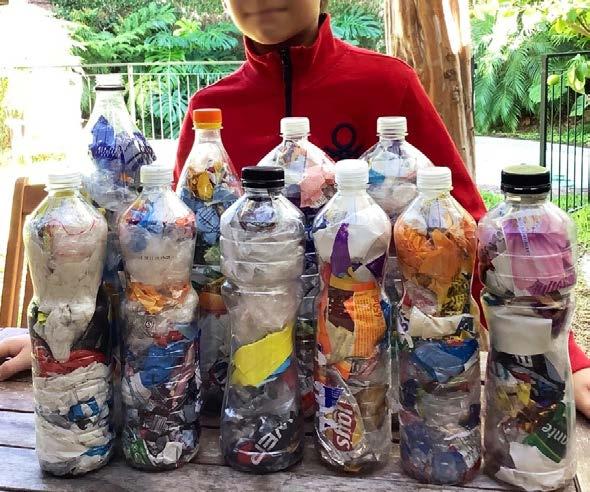
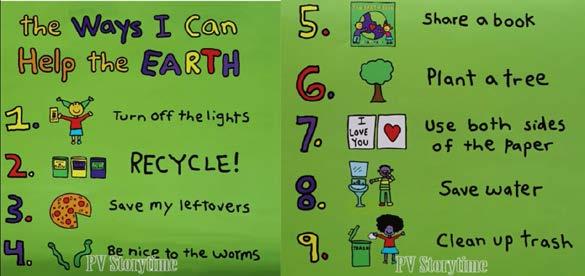
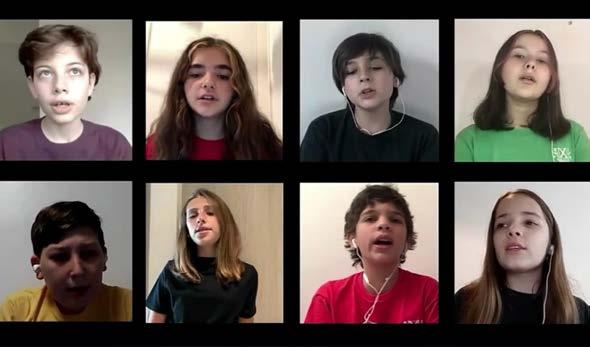
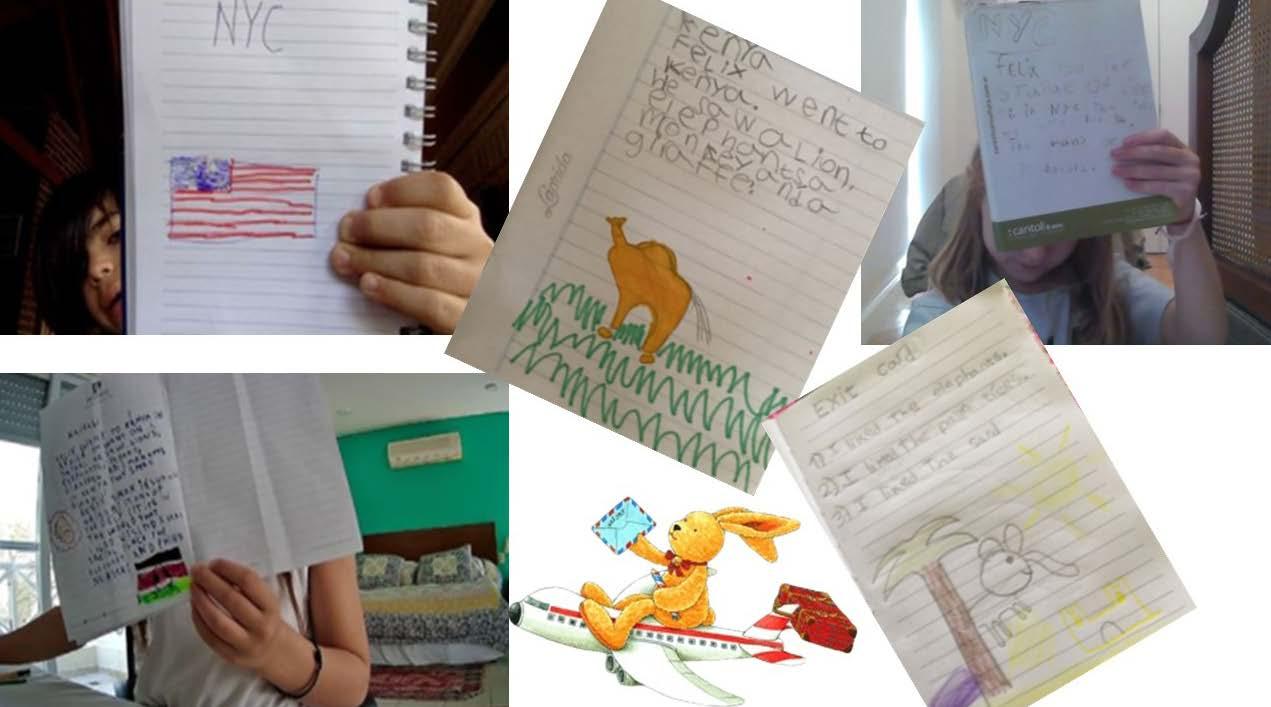
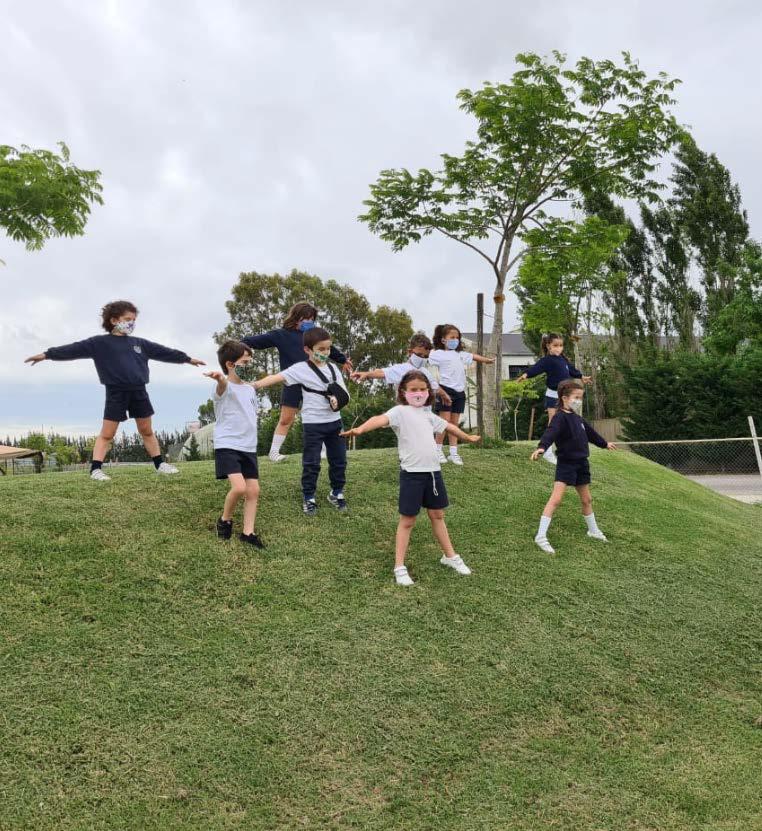
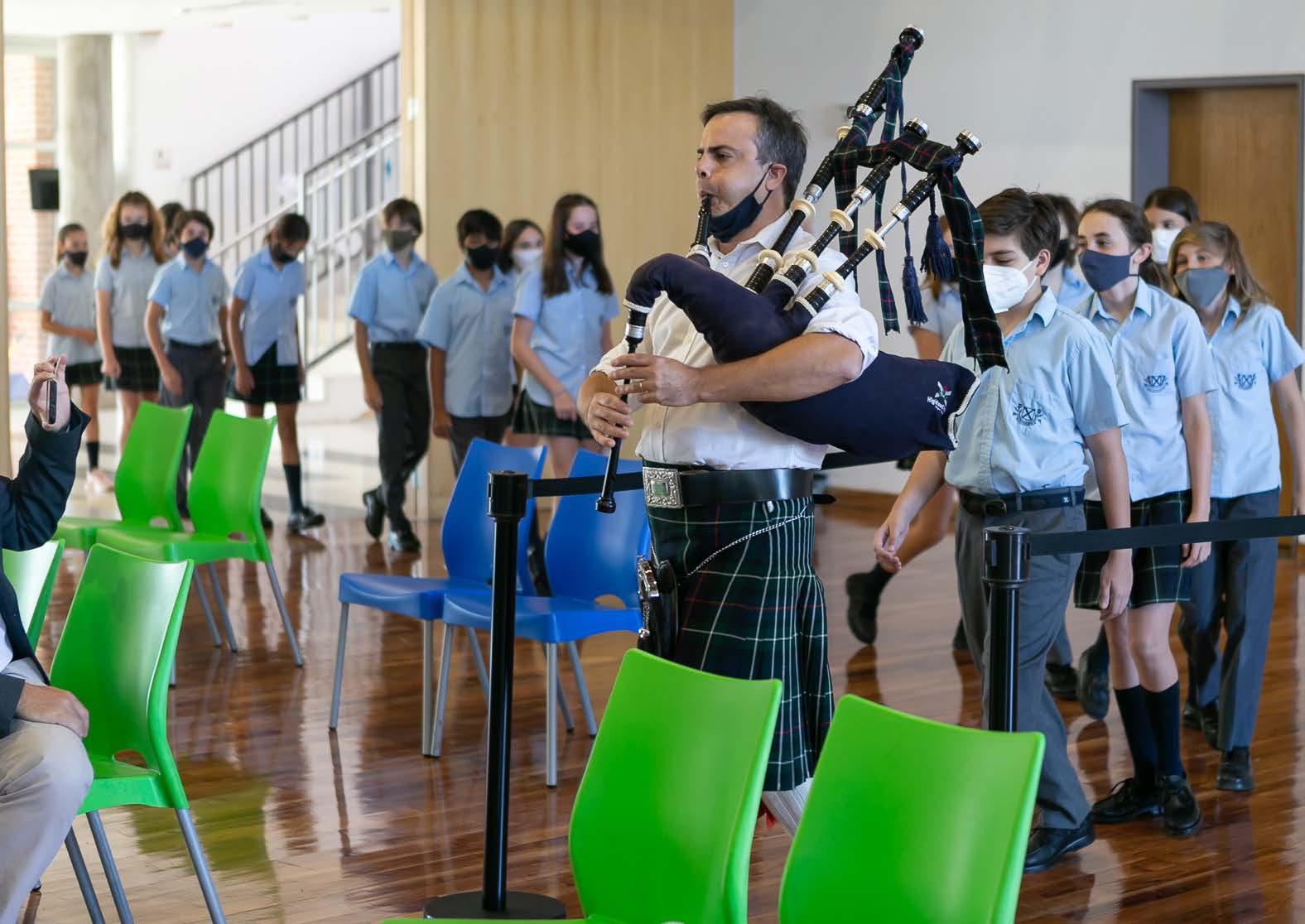
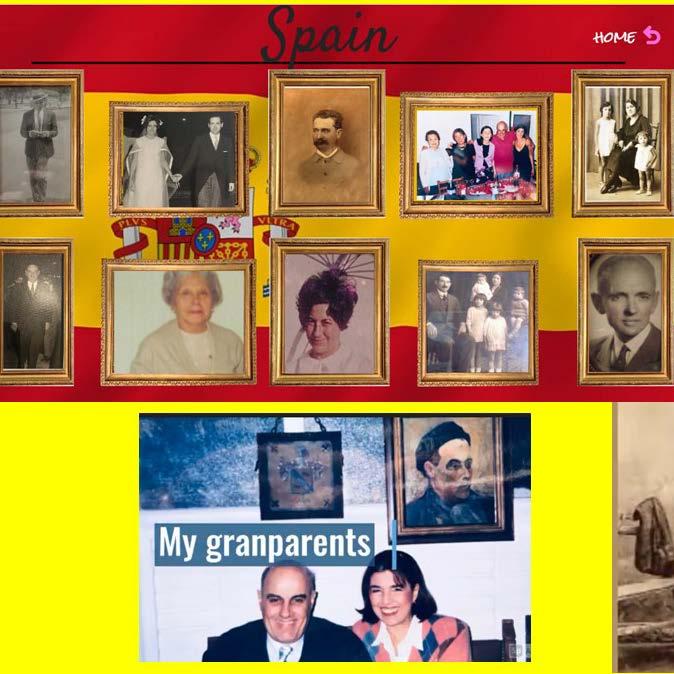
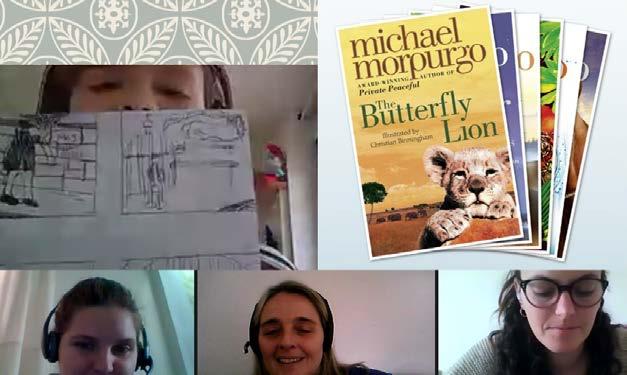
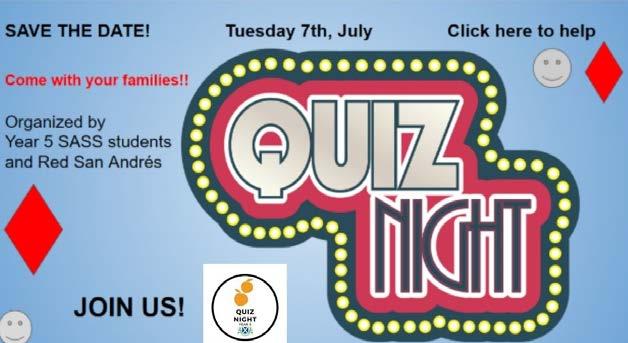
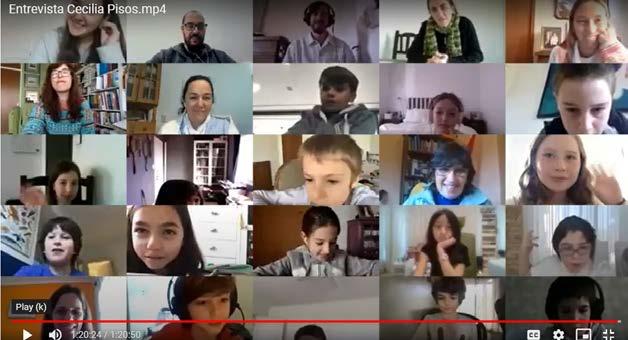
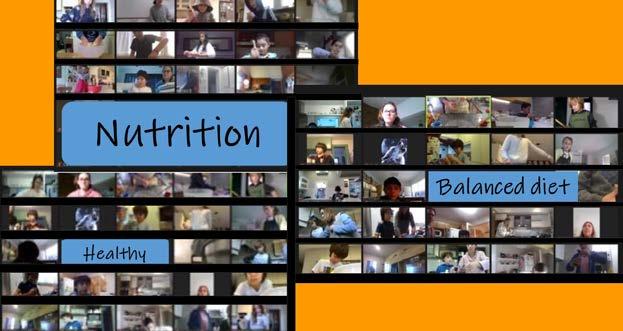
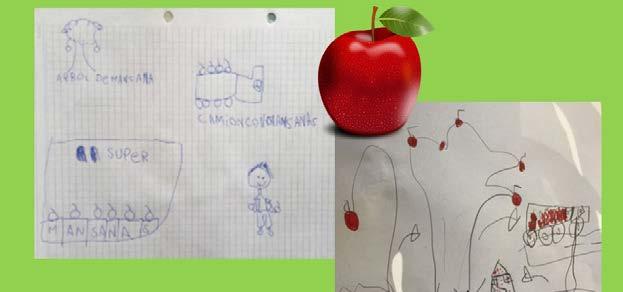
working on another set to capture a maturity model of six competencies: Character, Communication, Collaboration, Critical Thinking, Creativity and Citizenship. Based on the work of Michael Fullan et al in Deep Learning, we adapted their findings to our school culture and to our students’ young age. We initiated conversations with members of staff and due to the overwhelming complexity of the task at hand, we decided to continue this slow and conscientious process next year. We aim to revisit and revise all our projects, inquiry units and academic curriculum with a "competency framework lens" and to come up with a reporting tool to share with students and parents.
Many lessons were learnt during 2020. We became resilient at the continuous uncertainty we faced but soon realised we could lean and count on one another. It definitely brought us closer as a community as we gained empathy and sensitivity for those close and far, who grieved loss or were challenged by changing circumstances. Foremost, we were able to rekindle and reinvent ourselves as teachers and learners, finding new meaning and discovering new ways to teach and learn. We remain grateful for all the blessings we could count on and continue to be open to new ways of making sense of our uncertain future, holding strong to our core values of respect, integrity and responsibility as we redefine "school", transcending bricks, mortar and walls.
Moira Lutteral
Primary Head










